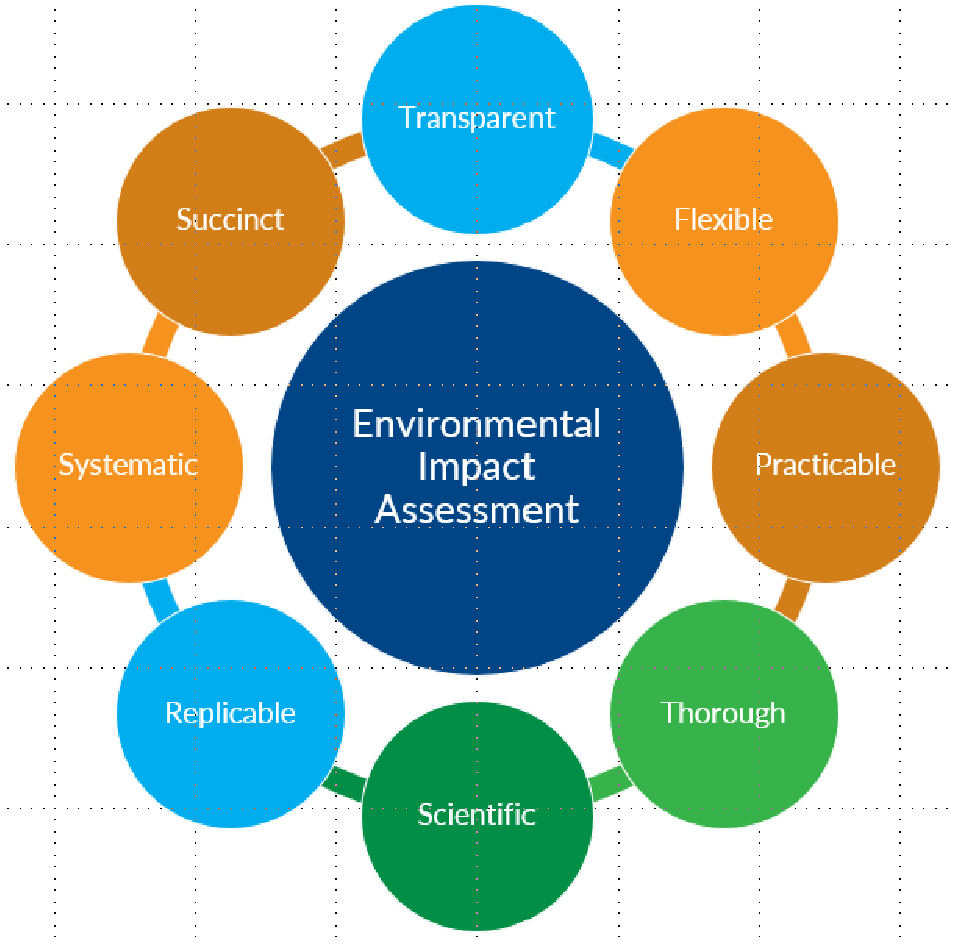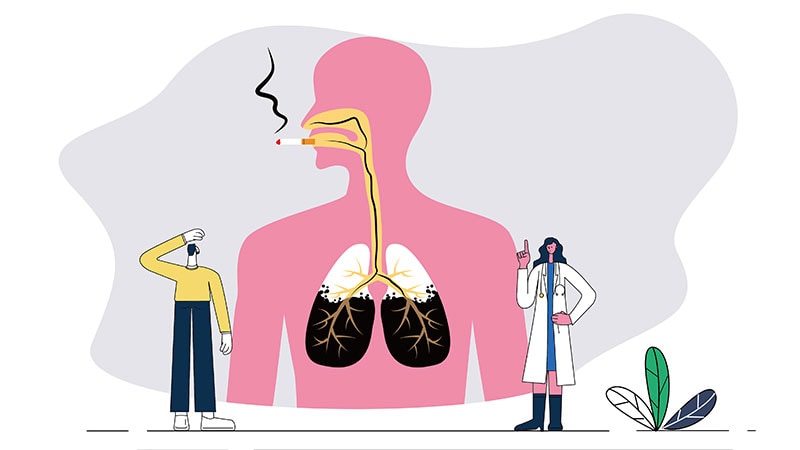Ensure healthy lives and promote well-being for all at all ages
The UN explains: "Significant strides have been made in increasing life expectancy and reducing some of the common killers responsible for child and maternal mortality.
Major progress has also been made on increasing access to clean water and sanitation, reducing malaria, tuberculosis, polio and the spread of HIV/AIDS.
However, many more efforts are needed to control a wide range of diseases and address many different persistent and emerging health issues."
In-depth analysis across a range of health-related topics can be found at the Our World in Data entries on:
- Global Health,
- Polio,
- Life Expectancy,
- Maternal Mortality,
- Child Mortality,
- Malaria,
- HIV/AIDS,
- Suicide,
- Burden of Disease,
- Eradication of Diseases,
- Causes of Death,
- Financing Healthcare,
- Smoking.
The UN has defined 13 Targets and 28 Indicators for SDG 3. Targets specify the goals and Indicators represent the metrics by which the world aims to track whether these Targets are achieved. Below we quote the original text of all Targets and show the data on the agreed Indicators.
Target 3.1: Reduce maternal mortality
UN definition: By 2030, reduce the global maternal mortality ratio to less than 70 per 100,000 live births. In addition, all countries should reduce the maternal mortality ratio to less than 140 per 100,000 live births.
Maternal mortality ratio
Definition: Indicator 3.1.1 is the maternal mortality ratio.
The maternal mortality ratio refers to the number of women who die from pregnancy-related causes while pregnant or within 42 days of pregnancy termination per 100,000 live births.
Goal: By 2030 Reduce global maternal mortality to less than 70 per 100,000 live births per year. In addition, all countries should reduce the maternal mortality ratio to less than 140 per 100,000 live births.
More research: The Our World in Data entry on Maternal Mortality gives a long-run perspective over the last centuries and presents research on the causes and consequences of the deaths of mothers.
Additional charts:
Number of maternal deaths by region
Number of maternal deaths by country
Skilled birth attendance
Definition: Indicator 3.1.2 is the percentage of births attended by personnel trained to give the necessary supervision, care, and advice to women during pregnancy, labor, and the postpartum period; to conduct deliveries on their own; and to care for newborns.
Goal: The UN Target 3.1 is to Reduce global maternal mortality to less than 70 per 100,000 live births. In addition, all countries should reduce the maternal mortality ratio to less than 140 per 100,000 live births.
However, there is no goal specified by the UN for the share of births attended by skilled staff.
More research: Research shows that skilled staff can reduce maternal mortality.
Target 3.2: End all preventable deaths under 5 years of age
UN definition: By 2030, end preventable deaths of newborns and children under 5 years of age, with all countries aiming to reduce neonatal mortality to at least as low as 12 per 1,000 live births and under‑5 mortality to at least as low as 25 per 1,000 live births
Under-5 mortality rate
Definition: Indicator 3.2.1 is the under-5 mortality rate.
The under-5 mortality rate measures the number of children per 1,000 live births who die before their 5th birthday.
Goal: By 2030 Reduce child mortality to less than 25 deaths per 1,000 live births per year across all countries.
More research: Child mortality is covered more broadly, and with a longer-term perspective in the Our World in Data entry on Child Mortality.
Additional charts:
Number of under-five deaths
Number of under-five deaths by region
Child mortality rate by sex
Neonatal mortality rate
Definition: Indicator 3.2.2 is the neonatal mortality rate.
Neonatal mortality rate is defined as the share of newborns per 1,000 live births in a given year who die before reaching 28 days of age.
Goal: By 2030 Reduce neonatal mortality to at least as low as 12 per 1,000 live births per year across all countries.
More research: The Our World in Data entry on Child Mortality includes a section on neonatal mortality.
Additional charts:
Number of neonatal deaths
Number of neonate deaths by region
Target 3.3: Fight communicable diseases
UN definition: By 2030, end the epidemics of AIDS, tuberculosis, malaria and neglected tropical diseases and combat hepatitis, water-borne diseases and other communicable diseases.
Number of new HIV infections per 1,000 uninfected population, by sex, age and key populations
Definition: Indicator 3.3.1 is the number of new HIV infections per 1,000 uninfected population.
This is shown as the number of new cases of HIV per year amongst uninfected adults per 1,000 people aged 15-49.
Goal: The target 2030 is to end the epidemic of HIV across all countries. The targeted level of reduction, however, is not defined.
UNAIDS has set a target (not specifically related to the SDGs) of reducing to less than 200,000 new infections globally among adults by 2030. This would mean a reduction to 0.02 new cases per 1,000 people globally in 2030.
More research: HIV is covered in detail by the Our World in Data entry on HIV/AIDS.
Additional charts:
Share of population infected with HIV
HIV/AIDS death rates
Number of HIV/AIDS deaths
Tuberculosis incidence per 100,000 population
Definition: Indicator 3.3.2 is tubercolusis per 100,000 population.
Tuberculosis incidence is the number of new cases of tuberculosis per 100,000 people.
Goal: The 2030 target is to end the epidemic of tuberculosis (TB) in all countries. The targeted level of reduction, however, is not defined.
The World Health Organization's Stop TB Partnership has set a target (not specifically related to the SDGs) of reducing national incidence of TB to fewer than 20 cases per 100,000 by 2030.
Additional charts:
Tuberculosis death rates
Number of tuberculosis deaths
Malaria incidence per 1,000 population
Definition: Indicator 3.3.3 is malaria incidence per 1,000 population.
Malaria incidence is the number of new cases of malaria in one year per 1,000 people in a given population.
Goal: By 2030 end the epidemic of malaria in all countries. The targeted level of reduction, however, is not defined.
The WHO Global Technical Strategy has set a target of reducing incidence by 90 percent by 2030. This would infer a target of 9 or fewer cases of malaria per 1,000 people globally in 2030.
More research: More information on global and national trends in malaria prevalence, deaths and interventions can be found at the Our World in Data entry on Malaria.
Additional charts:
Malaria death rates
Number of malaria deaths
Hepatitis B incidence per 100,000 population
Definition: Indicator 3.3.4 is Hepatitis B incidence per 100,000 population.
Hepatitis B incidence is the number of new cases of hepatitis B in one year per 100,000 individuals in a given population.
Goal: By 2030 combat hepatitis in all countries with a focus on hepatitis B. The targeted level of reduction, however, is not defined.
Additional charts:
Hepatitis death rates
Number of people requiring interventions against neglected tropical diseases
Definition: Indicator 3.3.5 is the number of people requiring interventions against neglected tropical diseases.
This is defined as the number of people who require interventions (treatment and care) for any of the 15 neglected tropical diseases (NTDs) identified by the WHO NTD Roadmap and World Health Assembly resolutions. Treatment and care is broadly defined to allow for preventive, curative, surgical or rehabilitative treatment and care.
Goal: By 2030 end the epidemic of neglected tropical diseases (NTDs) in all countries. The targeted level of reduction, however, is not defined.
Additional charts:
Number of people requiring interventions for NTDs by region
Target 3.4: Reduce mortality from non-communicable diseases and promote mental health
UN definition: By 2030, reduce by one third premature mortality from non-communicable diseases through prevention and treatment and promote mental health and well-being.
Mortality rate attributed to cardiovascular disease, cancer, diabetes or chronic respiratory disease
Definition: Indicator 3.4.1 is the mortality rate attributed to cardiovascular disease, cancer, diabetes or chronic respiratory disease.
This is defined as the percent of 30-year-old-people who would die before their 70th birthday from any of cardiovascular disease, cancer, diabetes, or chronic respiratory disease, assuming that they would experience current mortality rates at every age and would not die from any other cause of death (e.g. injuries or HIV/AIDS).
Goal: By 2030 reduce premature mortality from non-communicable diseases (NCDs) by one-third in all countries.
More research: Further data and research on non-communicable diseases can be found at Our World in Data entries on Causes of Death, Burden of Disease, and Cancer.
Additional charts:
Cancer death rates
Cardiovascular disease (CVD) death rates
Stroke death rates
Suicide mortality rate
Definition: Indicator 3.4.2 is suicide mortality rate.
Suicide mortality rate is the number of deaths from suicide measured per 100,000 individuals in a given population.
Goal: By 2030 promote mental health and wellbeing. There is no defined target level of suicide reduction for this indicator.
More research: Further data and research on suicide, mental health and wellbeing can be found at the Our World in Data entries on Suicide, Mental Health and Happiness and Life Satisfaction.
Additional charts:
Number of suicide deaths
Share of population with depression
Target 3.5: Prevent and treat substance abuse
UN definition: Strengthen the prevention and treatment of substance abuse, including narcotic drug abuse and harmful use of alcohol.
Coverage of treatment interventions (pharmacological, psychosocial and rehabilitation and aftercare services) for substance use disorders
Definition: Indicator 3.5.1 is the coverage of treatment interventions (pharmacological, psychosocial and rehabilitation and aftercare services) for substance use disorders.
This is the share of people with substance use disorders who receive treatment in the form of pharmacological, psychosocial, rehabilitation or aftercare services.
Goal: By 2030 Strengthen the prevention and treatment of substance abuse across all countries. However, there is no defined target level for this indicator.
More research: The Our World in Data entry on Substance Use provides data on substance use disorder prevalence and limited data coverage of treatment interventions.
Alcohol consumption per capita
Definition: Indicator 3.5.2 is the Harmful use of alcohol, defined according to the national context as alcohol per capita consumption (aged 15 years and older) within a calendar year in litres of pure alcohol.
Goal: By 2030 Strengthen the prevention and treatment of substance abuse across all countries. However, there is no defined target level for this indicator.
More research: Further data and research on alcohol consumption and alcohol use disorders can be found at the Our World in Data entry on Alcohol Consumption.
Additional charts:
Share of population with alcohol use disorders
Share of population with drug use disorders
Prevalence of substance use disorders by sex
Target 3.6: Reduce road injuries and deaths
UN definition: By 2020, halve the number of global deaths and injuries from road traffic accidents.
Halve the number of road traffic deaths
Definition: Indicator 3.6.1 is the death rate due to road traffic injuries.
Mortality from road traffic injuries is measured here in absolute (total number of deaths) and rates (deaths per 100,000 population). Road traffic deaths include vehicle drivers, passengers, motorcyclists, cyclists and pedestrians.
Goal: By 2020 halve the number of global deaths and injuries from road traffic accidents.
While most SDG targets are set for 2030, this is set to be achieved for 2020.
Note that the SDG Indicator is the rate of road deaths while the target is set for the absolute number of road deaths. Because of this we show both metrics.
Additional charts:
Road traffic deaths by user
Target 3.7: Universal access to sexual and reproductive care, family planning and education
UN definition: By 2030, ensure universal access to sexual and reproductive health-care services, including for family planning, information and education, and the integration of reproductive health into national strategies and programmes.
Proportion of women of reproductive age (aged 15–49 years) who have their need for family planning satisfied with modern methods
Definition: Indicator 3.7.1 is the percentage of married women ages 15-49 years whose need for family planning is satisfied with modern methods of contraception.
Goal: By 2030 ensure universal access to sexual and reproductive healthcare services, including for family planning.
More research: Further data and research can be found at the Our World in Data entry on Fertility Rate.
Additional charts:
Unmet need for contraception
Contraception prevalence, any methods
Adolescent birth rate
Definition: Indicator 3.7.2 is the adolescent birth rate (aged 10–14 years; aged 15–19 years) per 1,000 women in that age group.
Adolescent birth rates per 1,000 women aged 10-14 years old and 15-19 years old are shown here.
Goal: By 2030 ensure universal access to sexual and reproductive healthcare services, including for family planning.
More research: Further data and research can be found at the Our World in Data entry on Fertility Rate.
Target 3.8: Achieve universal health coverage
UN definition: Achieve universal health coverage, including financial risk protection, access to quality essential health-care services and access to safe, effective, quality and affordable essential medicines and vaccines for all.
Coverage of essential health services
Definition: Indicator 3.8.1 is coverage of essential health services
Coverage of essential health services is defined as the average coverage of essential services based on tracer interventions that include reproductive, maternal, newborn and child health, infectious diseases, non-communicable diseases and service capacity and access, among the general and the most disadvantaged population.
One available metric to track progress on this is the Universal Health Coverage (UHC) Index. The UHC Index is on a scale from 0 to 100, where 100 is the optimal value. The UHC is the geometric mean of 14 indicators measuring the coverage of essential services including reproductive, maternal, newborn and child health, infectious diseases, non-communicable diseases and service capacity and access, among the general and the most disadvantaged population).
Goal: By 2030 achieve universal health coverage including financial risk protection, access to quality essential health-care services and access to safe, effective, quality and affordable essential medicines and vaccines for all.
More research: Further data and research can be found at the Our World in Data entry on Financing Healthcare.
Household expenditures on health
Definition: Indicator 3.8.2 is the proportion of population with large household expenditures on health as a share of total household expenditure or income.
Goal: By 2030 achieve universal health coverage including financial risk protection, access to quality essential health-care services and access to safe, effective, quality and affordable essential medicines and vaccines for all.
More research: Further data and research can be found at the Our World in Data entry on Financing Healthcare.
Additional charts:
Out-of-pocket expenditure on healthcare
Risk of catastrophic expenditure for surgical care
Risk of impoverishing expenditure for surgical care
Target 3.9: Reduce illnesses and deaths from hazardous chemicals and pollution
UN definition: By 2030, substantially reduce the number of deaths and illnesses from hazardous chemicals and air, water and soil pollution and contamination.
Mortality rate from air pollution
Definition: Indicator 3.9.1 is the mortality rate attributed to household and ambient air pollution.
This is measured as the number of deaths attributed to indoor and outdoor air pollution per 100,000 individuals.
Goal: By 2030 substantially reduce the number of deaths and illnesses from air pollution. There is, however, not a defined quantitative target level for this indicator.
More research: Further data and research can be found at the Our World in Data entries on Air Pollution and Indoor Air Pollution.
Additional charts:
Mortality rate from ambient air pollution
Number of deaths from ambient air pollution
Mortality rate from indoor air pollution
Number of deaths from indoor air pollution
Mortality rate from unsafe water, sanitation, hygiene (WASH)
Definition: Indicator 3.9.2 is the mortality rate attributed to unsafe water, sanitation, and lack of hygiene.
Mortality rate from water, sanitation and hygiene (WASH) factors is measured as the number of attributed deaths per 100,000 people.
Goal: By 2030 substantially reduce the number of deaths and illnesses from water pollution and contamination. There is, however, not a defined quantified target level for this indicator.
More research: Further data and research can be found at the Our World in Data entry on Water Access, Resources and Sanitation.
Additional charts:
Mortality rate attributable to unsafe water
Mortality rate attributable to unsafe sanitation
Mortality rate attributed to unintentional poisoning
Definition: Indicator 3.9.3 is the mortality rate attributed to unintentional poisoning
This measures the number of deaths per 100,000 people attributed to unintentional exposure to hazardous chemicals or substances.
Goal: By 2030 substantially reduce the number of deaths and illnesses from hazardous chemicals and soil pollution. There is, however, not a defined quantified target level for this indicator.



















































.jpg.webp?itok=0ZsAnae9#)













